Increasing Environmental Regulations
The Electric Bus Battery Pack Market is being propelled by stringent environmental regulations aimed at reducing greenhouse gas emissions. Governments worldwide are implementing policies that mandate the transition to cleaner public transport solutions, including electric buses. These regulations not only encourage the adoption of electric vehicles but also necessitate the development of efficient battery packs that comply with new standards. As of 2025, it is estimated that the demand for electric buses will rise sharply, driven by these regulatory frameworks. This shift is likely to create a robust market for electric bus battery packs, as manufacturers strive to meet the growing need for sustainable transport solutions. The alignment of regulatory measures with market demands suggests a favorable environment for the Electric Bus Battery Pack Market, fostering innovation and investment in battery technologies.
Advancements in Charging Infrastructure
The Electric Bus Battery Pack Market is benefiting from significant advancements in charging infrastructure, which are essential for the widespread adoption of electric buses. The development of fast-charging stations and smart grid technologies is facilitating quicker and more efficient charging processes. As of 2025, the expansion of charging networks is expected to alleviate range anxiety among operators, making electric buses a more viable option for public transport. This infrastructure growth is likely to enhance the operational feasibility of electric buses, thereby increasing their attractiveness to transit authorities. The synergy between improved charging solutions and electric bus battery technology suggests a promising outlook for the Electric Bus Battery Pack Market, as it supports the transition to sustainable urban transport systems.
Growing Investment in Electric Mobility
The Electric Bus Battery Pack Market is witnessing a surge in investment aimed at electric mobility solutions. Various stakeholders, including governments, private companies, and venture capitalists, are channeling funds into the development of electric buses and their associated battery technologies. By 2025, it is projected that investments in electric mobility will reach unprecedented levels, driven by the need for sustainable transport options. This influx of capital is likely to accelerate research and development efforts, leading to innovations in battery chemistry and performance. The increasing financial commitment to electric mobility indicates a robust market potential for electric bus battery packs, as stakeholders recognize the long-term benefits of transitioning to electric public transport. This trend underscores the growing importance of the Electric Bus Battery Pack Market in shaping the future of urban transportation.
Rising Fuel Prices and Operational Costs
The Electric Bus Battery Pack Market is significantly influenced by the rising fuel prices and operational costs associated with traditional diesel buses. As fuel prices continue to escalate, transit authorities are increasingly seeking cost-effective alternatives, leading to a heightened interest in electric buses. The total cost of ownership for electric buses, which includes lower fuel and maintenance costs, is becoming more attractive. By 2025, it is anticipated that the operational savings from electric buses will further incentivize transit agencies to invest in electric bus battery packs. This economic shift indicates a growing recognition of the long-term financial benefits of electric buses, thereby driving demand within the Electric Bus Battery Pack Market. Consequently, the financial implications of rising fuel prices are likely to catalyze a transition towards electric mobility solutions.
Technological Innovations in Battery Management Systems
The Electric Bus Battery Pack Market is experiencing a surge in technological innovations, particularly in battery management systems (BMS). These advancements enhance the efficiency and longevity of battery packs, which is crucial for electric buses that operate in demanding environments. Improved BMS can optimize charging cycles and monitor battery health, thereby reducing operational costs. As of 2025, the market for advanced BMS is projected to grow significantly, driven by the need for reliable and efficient energy storage solutions. This trend indicates a shift towards more sophisticated battery technologies, which could potentially lead to longer ranges and faster charging times for electric buses, making them more appealing to transit authorities and operators. Consequently, the integration of advanced BMS is likely to play a pivotal role in the growth of the Electric Bus Battery Pack Market.


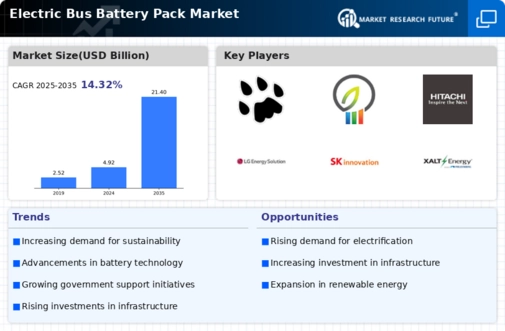
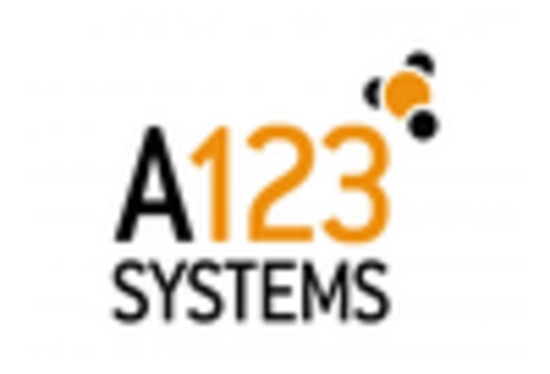
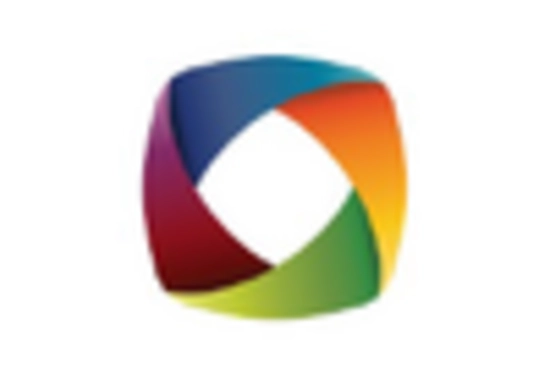

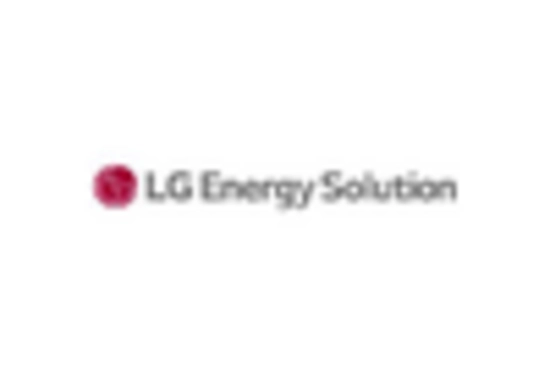
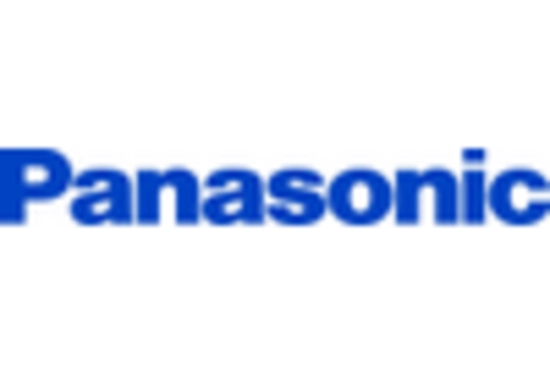
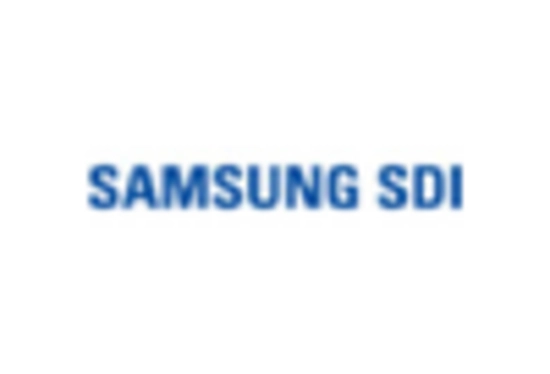








Leave a Comment